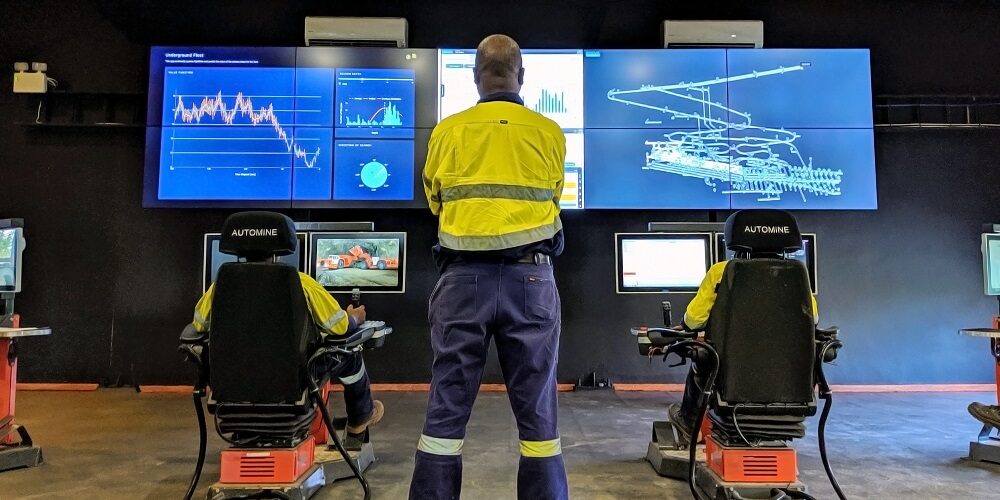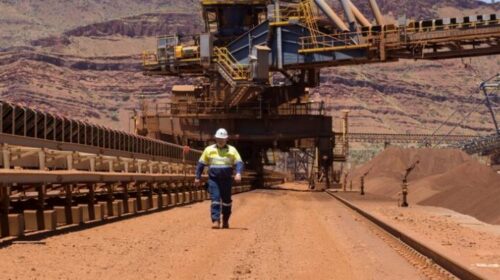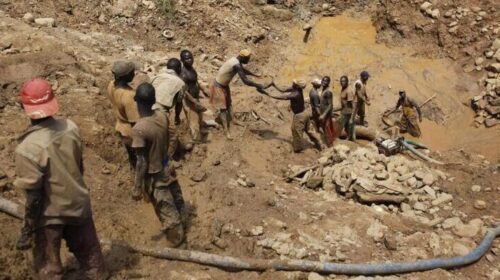COVID-19 and the new normal put the spotlight on digitisation
The COVID-19 pandemic means less people in the mining area, working to achieve the same output; this makes digitalisation no longer a nice-to-have but a vital efficiency mechanism for survival.
This is according to Niel McCoy, business line manager for automation and digitalisation at Sandvik Mining & Rock Technology, who explains the challenge is that digital strategies often fail due to lack of a vision.
“Most mining companies have for years been working to digitalise their operations, but the difficulty is to know exactly what this process is meant to achieve, and where managers want their mines to be in the future,” says McCoy.
“Bringing in new technologies means fundamentally changing the way your operation runs, so you need to be ready for the change management that this will require
The result is that many mines are still struggling to develop and apply digital strategies. Effective digitalisation, he says, involves nothing less than moving away from the traditional style of management. It means bringing everything towards a more centralised point.
“Digitalisation allows the whole underground mining operation to become visual – as if the ‘roof’ has been lifted off the mine – and to be managed from an operational management centre,” he says.
“This gives management a view of all operations in real time, and the ability to optimise the various processes.”
Before any implementation can begin, the goal must be clear in everyone’s minds – a picture of what their ‘mine of the future’ looks like. Failing that, he emphasises that the effort becomes extremely difficult to implement and success is not likely.
This will then guide the roadmap to be followed for adoption of digital tools. There is a clear journey to follow to be successful in digitilisation.
“Without an end in mind, this will become just another initiative,” he says.
“Operations people will be unable to contextualise what the digital solutions mean within the big picture, and how it will improve their day-to-day activities and outcomes.
“This is mainly due to the data not being used in day-to-day management and decision making. It can never be a side project.”
McCoy emphasises that digital solutions are not just for managers to see more clearly what is happening on their mines, but is vital for the people on the ground to run their operations more effectively and efficiently. There needs to be full buy-in from the start if the intended efficiencies are to be realised in practice.
“The only way of making mining operations more efficient is to understand what is happening and where, and to react accordingly as quickly as possible,” he says.
“One of the main shortcomings with traditional, hard-copy reporting methods on mines is that it simply takes too long for managers to sort through the raw reports from each shift and identify problems in time to make a meaningful intervention.”
This means that operations can never be properly optimised. Digital tools play a valuable role in addressing this challenge, helping mines achieve their key performance indicators.
“A good example of a KPI in the context of the COVID-19 pandemic is this: How do we get the best out of a reduced workforce?” he says. “Once a mine has clarified how it plans to approach this, it can start selecting the appropriate digital tools to achieve its goals.”
Change management is at the heart of the process, based on short interval control and process management. Sandvik Mining & Rock Technology’s core focus in digitalisation is process management and optimisation, through its Optimine product.
“There are five different modules within OptiMine that we offer customers, depending on their digital requirements,” he says.
“Further digital solutions are also available, relating to aspects including telemetry of non-Sandvik equipment, face utilisation, ventilation monitoring, personnel tracking and ventilation-on-demand through our Newtrax platform.”
McCoy highlights that Sandvik Mining & Rock Technology’s experience in this field is substantial, demonstrated by the fact that OptiMine has been installed at about 66 sites worldwide.
He also emphasises that, while industry technology providers have their own specific focus areas, mines need to ensure that the different systems integrate effectively.
“As a manager on a mine, you don’t want to have dozens of different log-in points and dashboards to manage your operational data,” he says.
“Rather, you want just a few key interfaces from which you can gather the overview you need. That is why it is so important to have your digital vision and understand what solutions you will require to achieve this vision.”
Inter-operability is therefore a vital aspect of the digitalisation planning. Sandvik Mining & Rock Technology’s leading inter-operability policy commits the company to working with any other type of information system that a customer has on site. This is to achieve the effective transfer of data between systems, to make it more useful for the customer.
“We are very proud of this policy, and are one of the first original equipment manufacturers to make such a policy public,” McCoy says.
“It shows our understanding of the bigger digital picture and our role within it – aimed at ensuring that the customer is empowered use their data the way they choose.
![]()





